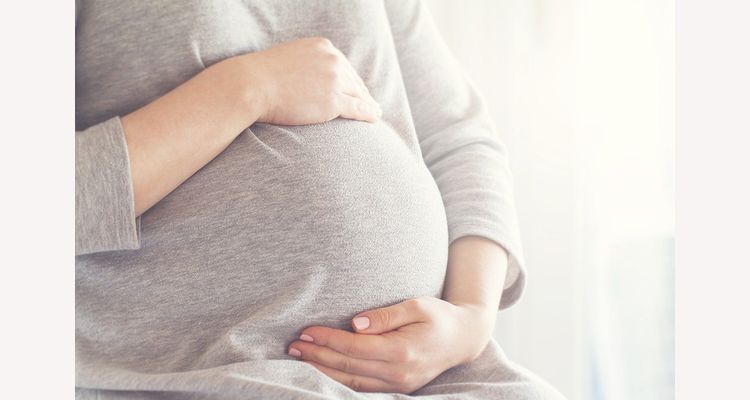Postpartum hemorrhage highly preventable, manageable condition; latest guidelines to be followed for prevention
WHO statistics suggest that 25 per cent of maternal deaths are due to PPH
Postpartum hemorrhage (PPH) is one of the leading causes of maternal mortality across India. The majority of women, who experience PPH complications have no identifiable clinical or historical risk factors. It has been observed that the condition gets aggravated by pre-existing anemia, when the loss of a smaller volume of blood may result in adverse clinical sequelae.
Dr Malvika Sabharwal, Chief- Department of Gynaecology & Obstetrics, Jeewan Mala & Apollo Spectra Hospitals said that PPH is a largely preventable and manageable condition. Anticipation, preparedness, taking prophylactic measures, and vigilance for PPH are the cornerstones of PPH prevention. Anticipation involves knowing the risk factors which can cause PPH.The preparedness involves PPH trolley in labour room, which should have everything required for management of bleeding patient. Training of labour room staff for estimation of blood loss and PPH Drill is pivotal. Active management of third stage of labour (AMTSL) is essential and includes Uterotonics at anterior shoulder delivery or immediately after the delivery of baby, preferably within one minute after birth, Delayed cord clamping and controlled cord traction (CCT) to deliver the placenta and Uterine massage after delivery of placenta to keep the uterus contracted. The patient should be observed for blood loss by visual inspection and vital monitoring over the next hour, with assessment of uterine tone and size at least every 15 minutes. Early breastfeeding should be done as it promotes endogenous oxytocin release.”
According to a report from WHO, it suggests that 25 percent of maternal deaths are due to PPH. In India, PPH, which is exacerbated by widespread anaemia among pregnant women, accounts for 38 percent of maternal deaths. As per the Sample Registration System (SRS) report by Registrar General of India(RGI), Maternal Mortality Ratio (MMR) of India has reduced from 130 per 100,000 live births in SRS 2014-16 to 122 in SRS 2015-17 and to 113 per 100,000 live births in SRS 2016-18.
“Uterine atony is the most common cause of PPH and consequently the leading cause of maternal mortality worldwide. A combination of quality antenatal care, skilled care at birth by active management of third stage of labour, the availability of high-quality emergency obstetric care (with trained medical personnel and adequate infrastructure) and improved access to these services are essential to save many maternal lives,” she added.
- Advertisement -


